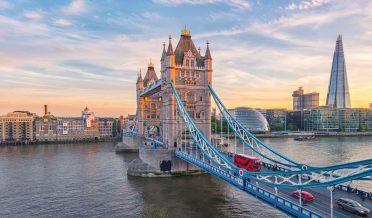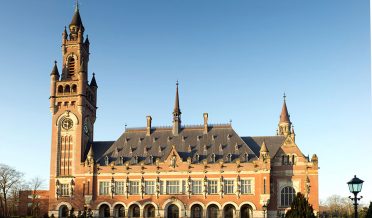
Pakistan and the United States have been trading accusations about who’s responsible for the collapse of the U.S.-backed government in Afghanistan. Yet as they bicker, both countries are ignoring one important consequence of the Taliban takeover: the coming boom in Afghanistan’s narcotic trade, which presents a major threat to global health. In the next few years, a flood of drugs from Afghanistan may become a bigger threat than terrorism.
The 20-year-long U.S. intervention failed to dismantle the narco-economy, which was the biggest source of funding for the insurgents. The Taliban has never made any mystery about its friendly relations with some well-known Afghan drug lords. The grim reality is that opium cultivation expanded from 8,000 hectares in 2001 to 224,000 hectares in 2020.
Taliban warlords were not the only ones making money from the narcotics business. Many U.S. allies, such as Ahmad Wali Karzai and General Abdul Rashid Dostum, were also involved in the same trade. In 2018, the United Nations Office on Drugs and Crime declared northern Afghanistan, which was under the control of pro-U.S. warlords between 2001 and 2021, to be a “heroin hub.” Just a few months before the Taliban returned to Kabul earlier this year, U.N. officials reported that the group was earning more than $400 million annually from the drug trade. Today, Afghanistan is the world’s largest producer of opium.
This country is responsible for more than 80 percent of global opium production. How does the Taliban make money through this illicit business? It makes profits through taxes on opium crops and by providing protection to processing and trafficking. Taxes are also collected from laboratories converting opium into heroin. Shockingly, heroin derived from Afghan opium makes up 95 percent of the market in Europe.
I recently visited Switzerland for an event where I spoke about lessons from the war on terrorism. During the question-and-answer session, I noticed a certain anxiety among the mostly Italian- and German-speaking audience. Many local politicians and journalists were unnerved by the drug threat from Afghanistan.
After returning to Pakistan, I spoke to some Afghan and Pakistani officials about the issue. Many U.N. officials confirmed that Afghanistan is becoming the biggest threat to public health in Asia, Europe and Africa. Pakistan, Iran, Central Asia and Turkey are some of the most popular routes for the smuggling of Afghan narcotics to many parts of the world.
Heroin linked to Afghanistan is being smuggled to drug cartels in Italy, Russia and even in the United States. Drug labs in Afghanistan are not only producing heroin and hashish but have also started making methamphetamine (known as “meth” or “ice”) from the ephedra plant, which is found in the wild across the country. Meth is easily available to college and university students in Pakistan.
Last year, authorities in Sri Lanka and Australia noticed a rise in seizures of this deadly product — most of it linked with Afghanistan. In his first news conference after the takeover of Kabul, Taliban spokesperson Zabiullah Mujahid promised that the new regime will outlaw the drug trade in Afghanistan. He also pleaded for international assistance to provide farmers with alternative crops.
When I spoke recently to some Taliban leaders about their plans against the narco-business, they were tight-lipped. Some low-level Taliban officials shared details of actions against liquor shops in Kabul and the arrest of 700 drug users in Helmand last week. After the Talib took over Afghanistan in August, it took only a few weeks until police were seizing tons of narcotics not only in Pakistan but also in India. Last month, nearly three tons of heroin was seized in an Indian port; the drugs, which had been shipped from Iran, had originated in Afghanistan. Highly placed sources in the Pakistani Ministry of Narcotics Control told me that more than four tons of opium, morphine, heroin, hashish, cocaine, meth and other narcotics (worth $626 million) were seized from different areas only in the month of September. Most of the narcotics were recovered from the areas bordering Afghanistan. The Anti-Narcotics Force (ANF) arrested 99 smugglers and carriers, including some Afghans and Nigerians, last month. ANF data shows that Pakistan is on the front lines of the Afghan drug trade. Forty percent of Afghan drug trafficking utilizes routes passing through Pakistan. Seven million Pakistanis are using drugs. Worldwide, according to the ANF, drug addiction causes 685 deaths a day — compared with 49 deaths per day from terrorism.
Taliban leaders could earn considerable goodwill from the international community by acting against opium cultivation. If they don’t, I believe that the Afghan drug trade could become the scourge of the world. Former Afghan president Hamid Karzai once said that either Afghanistan destroys opium or opium will destroy Afghanistan. He is now living in Kabul under the protection of the Taliban. The Taliban would be well-advised to heed his warnings.
(Above article first published in Washington post)







